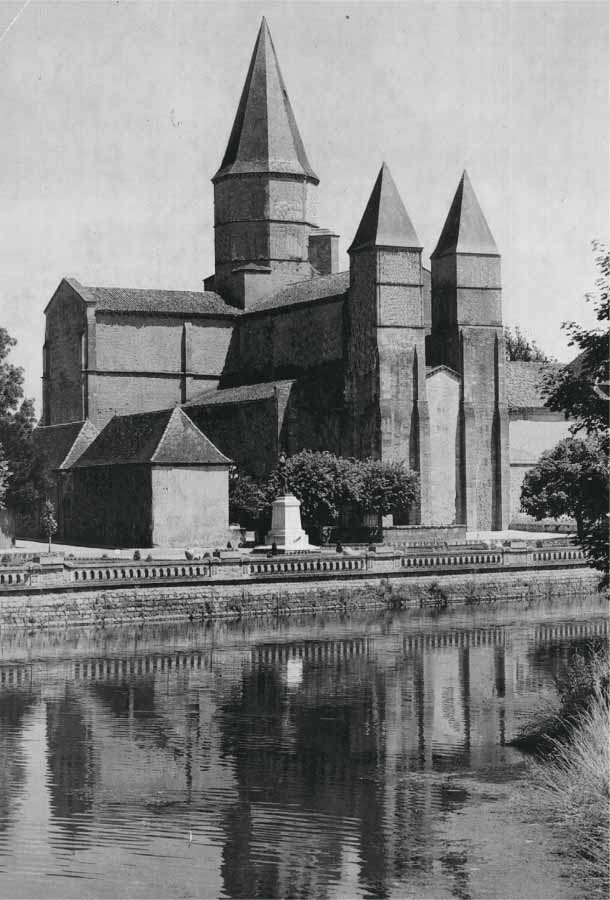It could be said that Robert Rauschenberg and Andy Warhol have created a bastard child where trash and glitter are king of the streets, but have moved into the studio for the purposes of re-creating consumer waste in artistic practice.
By Brad Feuerhelm, ASX, June 2015
Beni Bischof’s a product of his generation. His artistic output seems to make peace with being raised in the 70s and 80s. There is a consumptive pattern of material use. Absurd images of advertising enabled by an errant hot dog here and there and the drip of paint has less and less containment. It is as if, Bischoff, like Erich Steinbrecher, Tom Friedman, and a number of people working in the Post-Fordist tradition have recognized that the power and glory of materials in a material society are no longer relegated to the paintbrush.
It could be said that Robert Rauschenberg and Andy Warhol have created a bastard child where trash and glitter are king of the streets, but have moved into the studio for the purposes of re-creating consumer waste in artistic practice. The outcome is exemplary. There are no limits and the direct agitation of being raised in a society where advertising and television glare produce a culture of art practice that is not only corollary, but actually loves living in mess. I have previously written about the notion of “Mess-aesthetics” in the work of Lorenzo Vitturi. The notion of using detritus, scraps, ephemeral trash within practice…to build a shrine to the decadence of consumer packaging has surfaced with an understandable re-purpose… it is an aesthetic we all understand.

When I was a younger man growing up in the mid-west, I remember my juvenile sexual discussions about makeshift condoms made from a snickers wrapper and a rubber band, It also graduated into potato chip packages and Seran wrap.
Packaging and trash litter our streets, oceans, and natural world. It is impossible to walk a street without an errant gum wrapper, Starbucks cup, or potato chip bag crossing our path. When I was a younger man growing up in the mid-west, I remember my juvenile sexual discussions about makeshift condoms made from a snickers wrapper and a rubber band, It also graduated into potato chip packages and Seran wrap. The pure absurdity of entering another body with a makeshift prophylactic designed by the mars corporation is not only absurdly depressing, but in hindsight offers a notion of how proliferate the mess of the consumer world has entered our interior world, physical or other.
In Bischof’s studio, like Bacon’s studio, all the madness and absurdity of creation under the duress of a culminating mess. The trash heap given precedence of Castle & Faber, arches watercolor paper, and all manner of oil paints and palettes. We are truly in a new age where the excess of material choice, Brillo boxes aside, is very much in tune with what the capital world gives us as fodder. Bischof’s work exemplifies this and in doing so, perhaps cynically (I for one hope so) points out by its induction the wasteland from which we may now create. Psychobuch is aptly named and incredibly fascinating.
Beni Bischof
Psychobuch
Edition Patrick Frey
(All rights reserved. Text @ Brad Feuerhelm. Images @ Beni Bischof.)











